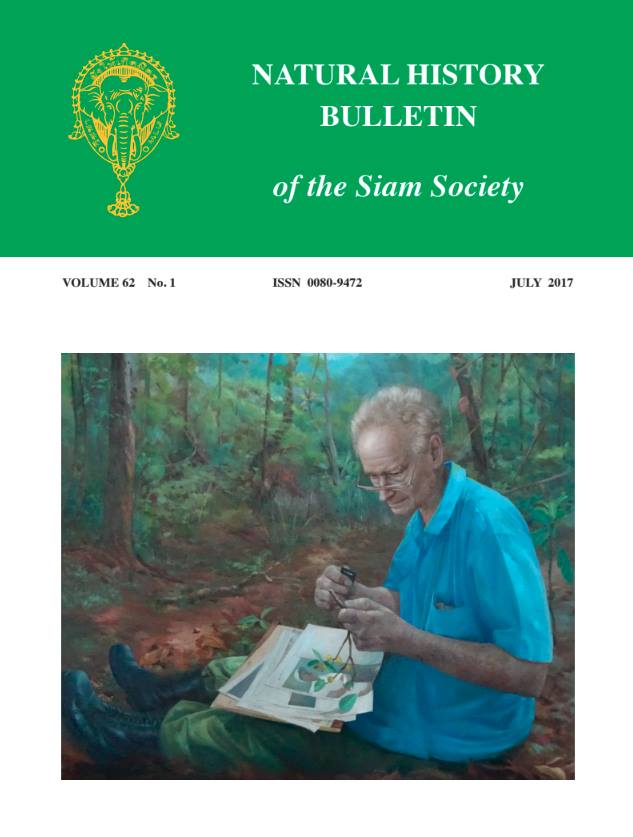Diversity, Knowledge, and Use of Leafy Vegetables in Northern Thailand—Maintenance and Transmission of Ethnobotanical Knowledge during Urbanisation
Main Article Content
Abstract
More than half of the world’s population is now living in urban areas, yet little is known on the transmission of traditional plant knowledge during urbanisation. This study assesses the diversity of leafy vegetables in urban markets and the current level of knowledge and use in Chiang Mai Province, Thailand. The leafy vegetables collected from fresh food markets included 55 species, six of them with a total of 13 cultivars, belonging to 32 families. Structured interviews were made with 49 vegetable sellers. Semi-structured interviews were made with three Thai medicine practitioners and 100 residents of Chiang Mai city. The residents participated in a knowledge WHVWXVLQJSKRWRJUDSKVRIVL[VSHFLHVZLGHO\XVHGLQGLVKHVDQGVL[VSHFLHVVSHFLÀFWRWUDGLWLRQDO homemade dishes. The diversity of leafy vegetables in urban areas of Chiang Mai Province has remained the same in the past decade. Leafy vegetable knowledge and use was mainly maintained and transmitted by middle-aged and older residents. Knowledge and use of leafy vegetables was determined by age and level of education; gender, income and ownership of agricultural land were unrelated. The availability and use of exotic leafy vegetables in markets and dishes was prominent and the knowledge on exotic leafy vegetables was well-integrated in the local knowledge. Leafy vegetables were considered as healthy, quick to prepare and a praised source of food and medicine. However, differences in knowledge between younger and older generations could indicate some knowledge loss about leafy vegetables.


